Introduction to Art History 1: Monuments List + Meeting Main Ideas
1/59
Earn XP
Description and Tags
for midterm
Name | Mastery | Learn | Test | Matching | Spaced |
|---|
No study sessions yet.
60 Terms
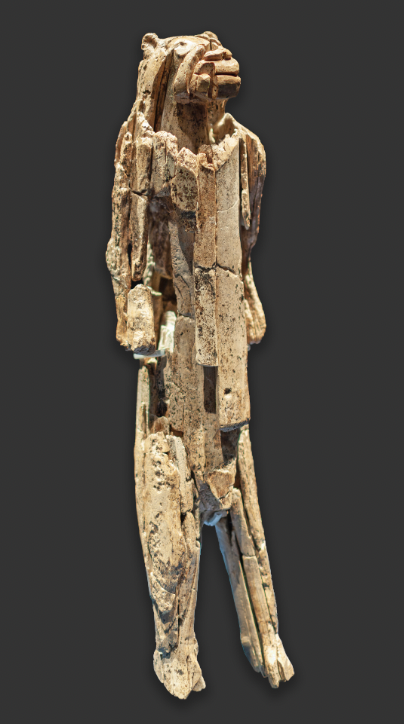
Lion Human
Location: Southern Germany
Dates: c. 30,000 BCE
Form: Mammoth Ivory
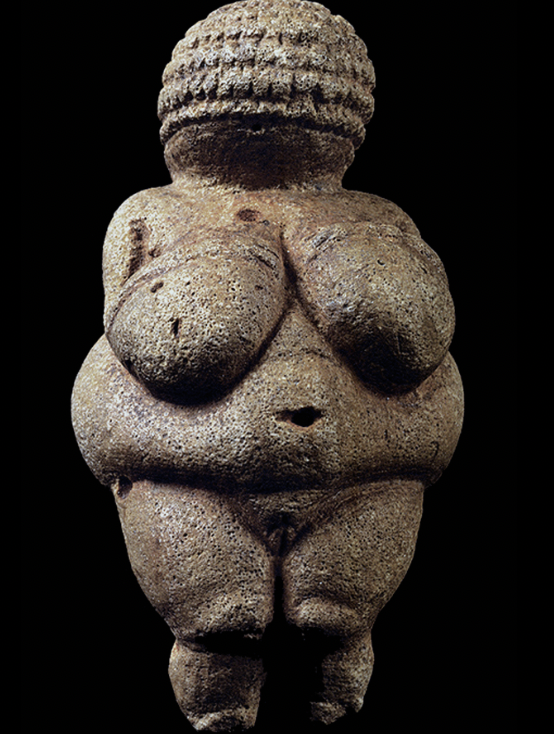
Woman from Willendorf (so-called ‘Venus’)
Location: Austria
Dates: c. 24,000 BCE
Form: Limestone
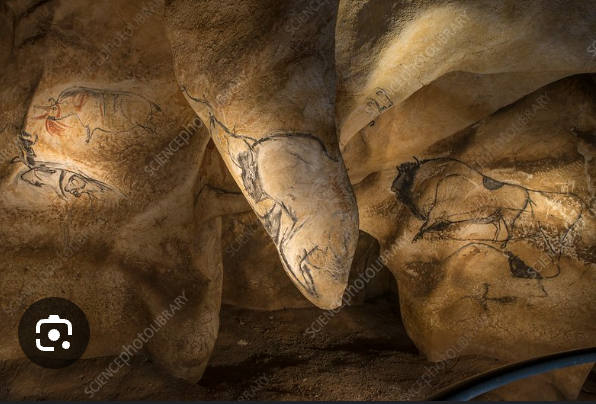
Chauvet Cave (works)
Works: Lion Panel, Alcove of Lions, Long-Eared Owl, Red Dots (red dots are self-explanatory, look for white pigment)
Location: France
Dates: c. 32,000 BCE
Form: Paint on limestone
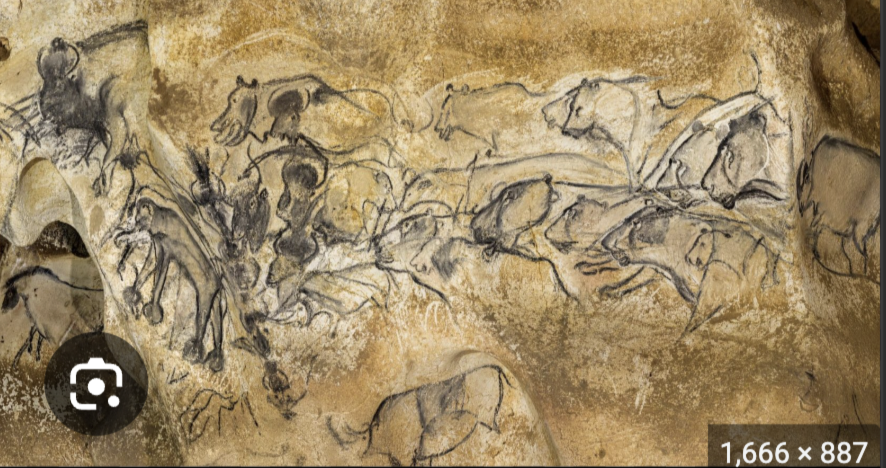
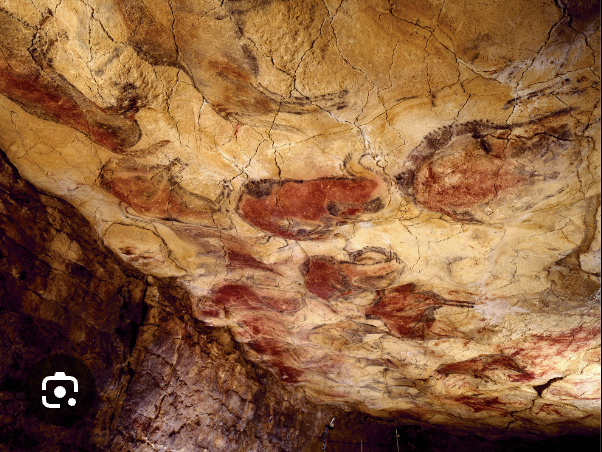
Ceiling of Bulls (Altamira Cave)
Location: Spain
Dates: c. 12,500 BCE
Form: Paint on limestone
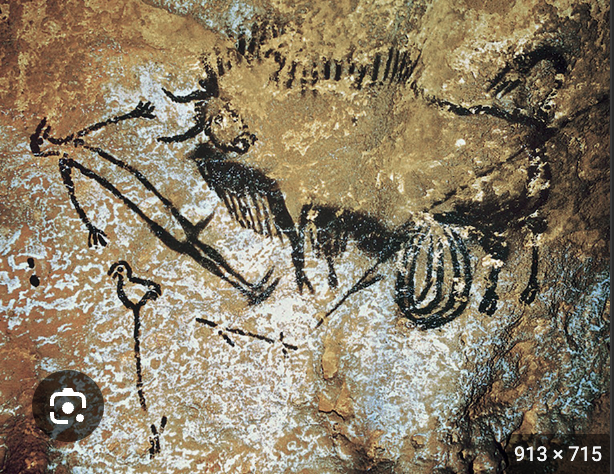
Bird-Headed Man with Bison (Lascaux Cave)
Location: France
Dates: c. 15,000 BCE
Form: Paint on limestine
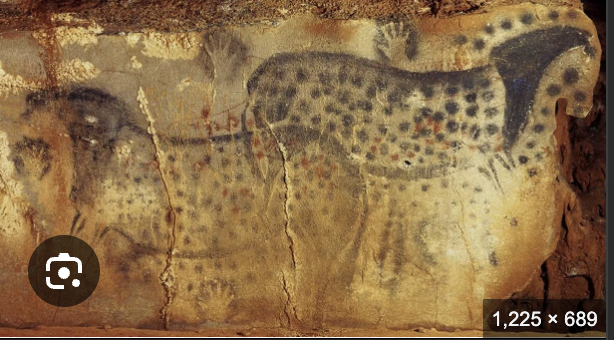
Spotted Horses and Human Hands (Pech-Merle Cave)
Location: France
Dates: c. 25,000
Form: Paint on limestone
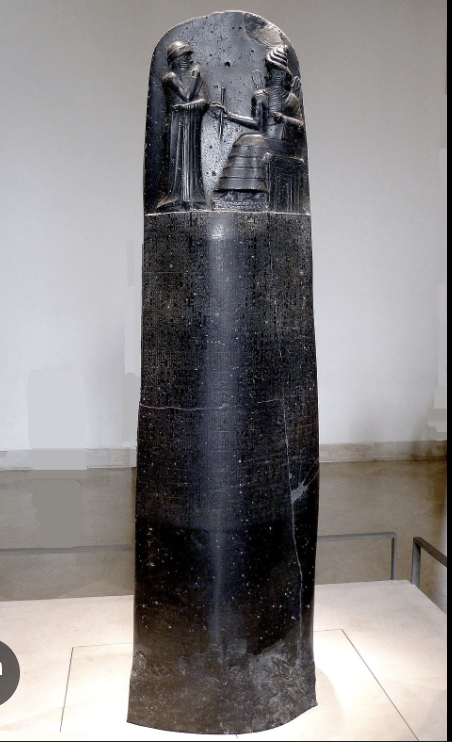
The Stele Code of Hammurabi
Location: Babylonian
Dates: c. 1750 BCE
Form: engraved black basalt
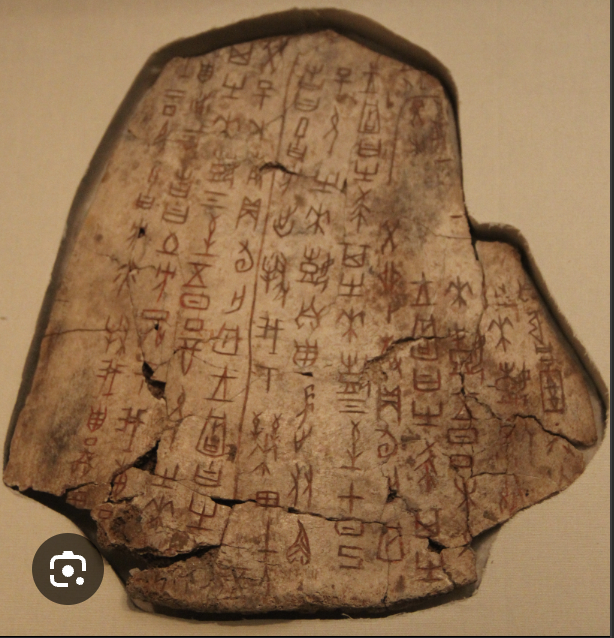
Oracle Bone
Location: Late Shang Dynasty, China
Dates: c. 16th century BCE
Form: branded ox scapula
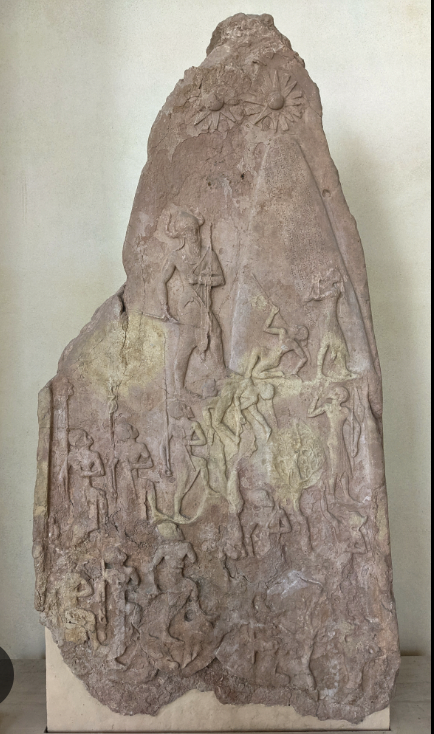
Victory Stele of the King Naram-sin
Location: Akkadian
Dates: c. 2220 BCE
Form: pink limestone
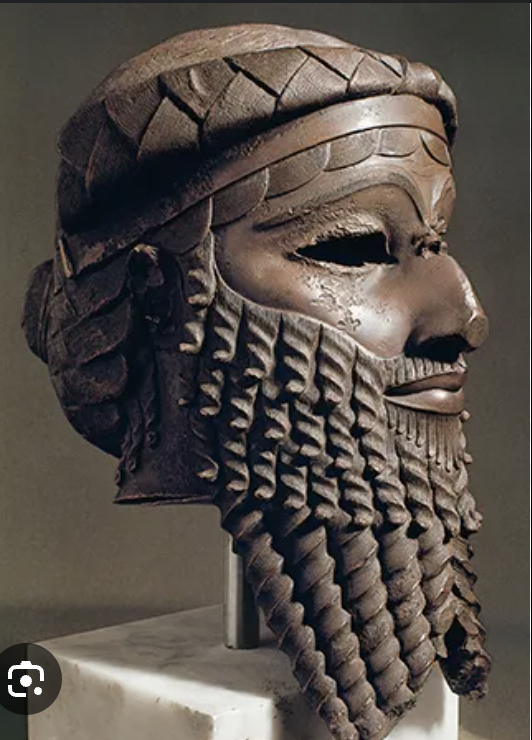
Bronze head of Akkadian Ruler for Nineveh
Location: Akkadian
Dates: c. 2340 BCE
Form: bronze
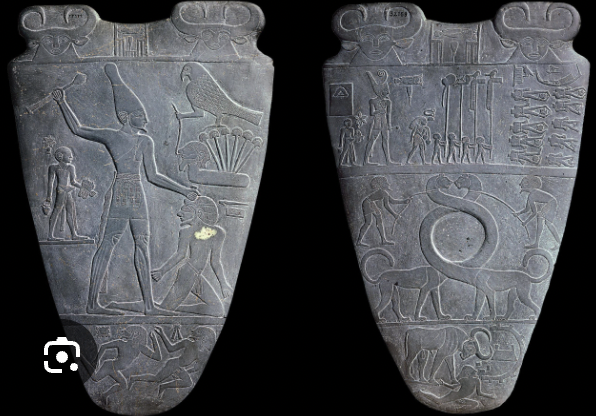
The Palette of Narmer
Location: 1st dynasty
Dates: c. 3000 BCE
Form: slate
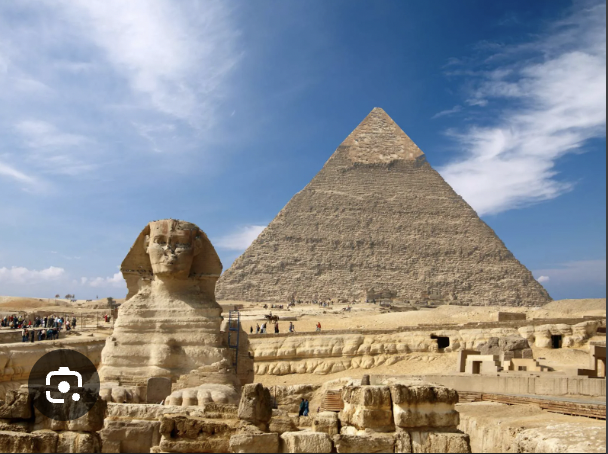
Great Pyramids & Sphinx (Khafre and Sphinx)
Location: Giza
Dates: c. 2575
Form: limestone and gilt pyramidion
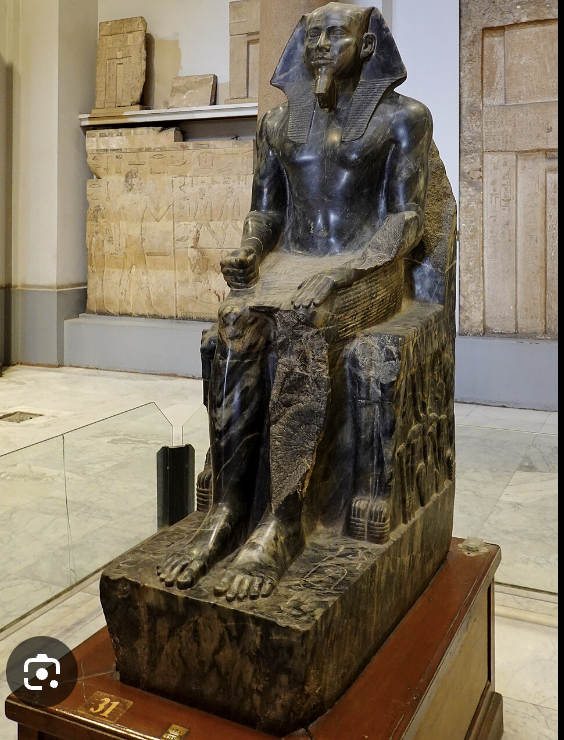
Statue of Khafre (Chepren)
Location: Giza
Dates: c. 2690 BCE, 4th Dynasty of Old Kingdom
Form: diorite sculpture
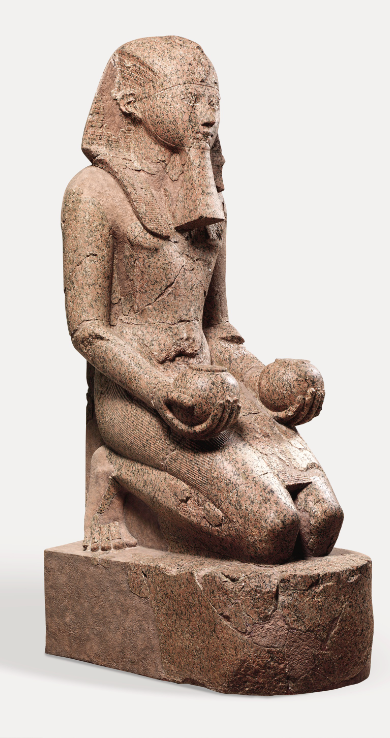
Mortuary Temple of Queen Hatshepsut - Large Kneeling Statue of Hapshetsut
Location: Deir el-Bahri, Egypt (near Thebes)
Dates: c. 1478 BCE
Form: granite (statue)
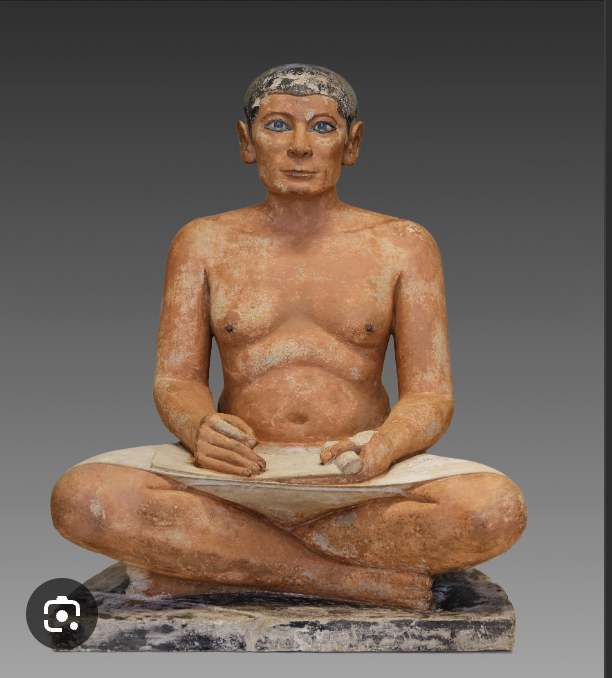
Statue of the Seated Scribe
Location: Saqqara, Ancient Egypt
Dates: c. 2600 BCE
Form: painted limestone statue, inlaid eyes, nipples of wood
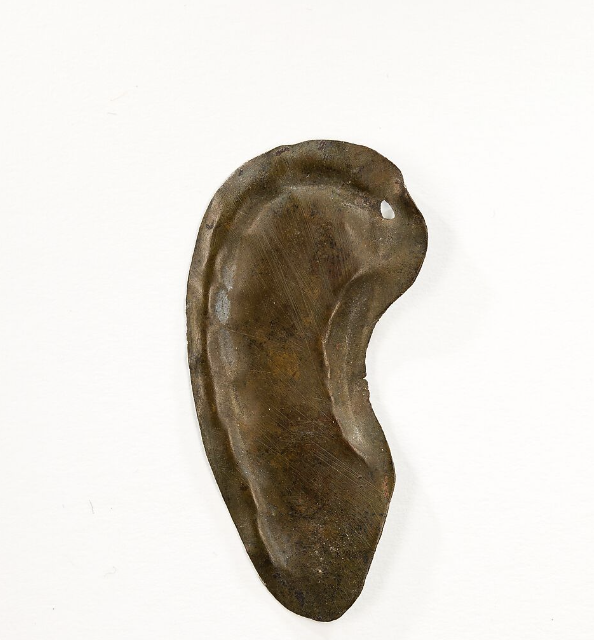
Votive cow, eye, and ear
Location: Deir el-Bahri (Hatshepsut Hole), Egypt
Dates: c. 1478 BCE
Form: Bronze or copper alloy
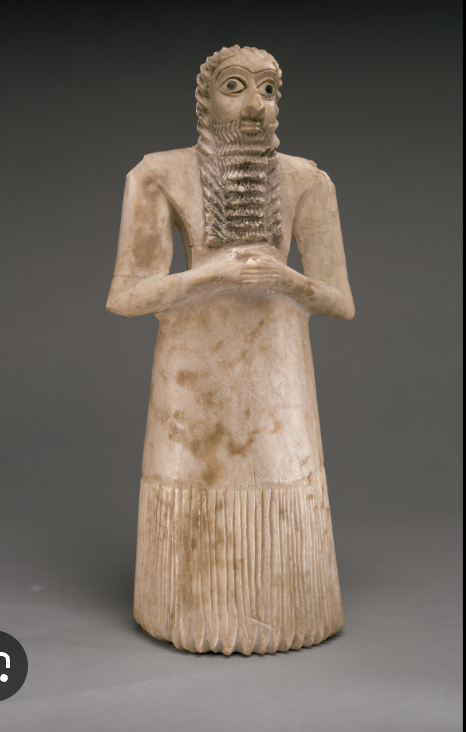
Standing male worshipper
Location: Eshunna (modern Tell Asmar) - Sumerian
Dates: c. 2900 BCE
Form: albaster and shell
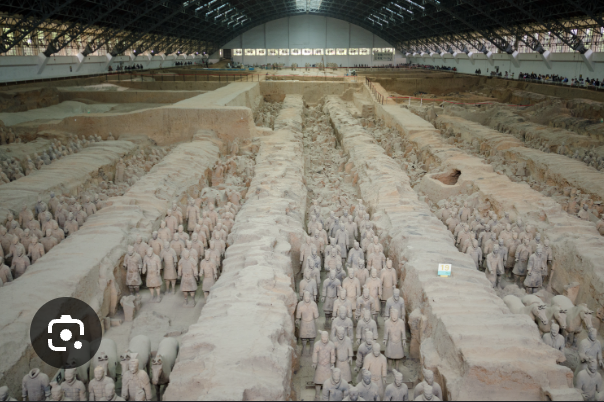
Terra Cotta Army (patron)
Location: Xi’an, China (Qin Dynasty)
Dates: c. 220 BCE
Form: originally with paint,
Patron: Qin Shihuang
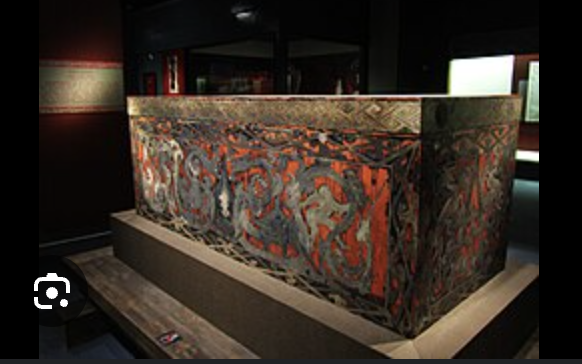
Tomb of the Marquise of Dai
Location: Han Dynasty
Dates: c. 180 BCE
Form: silk and ink
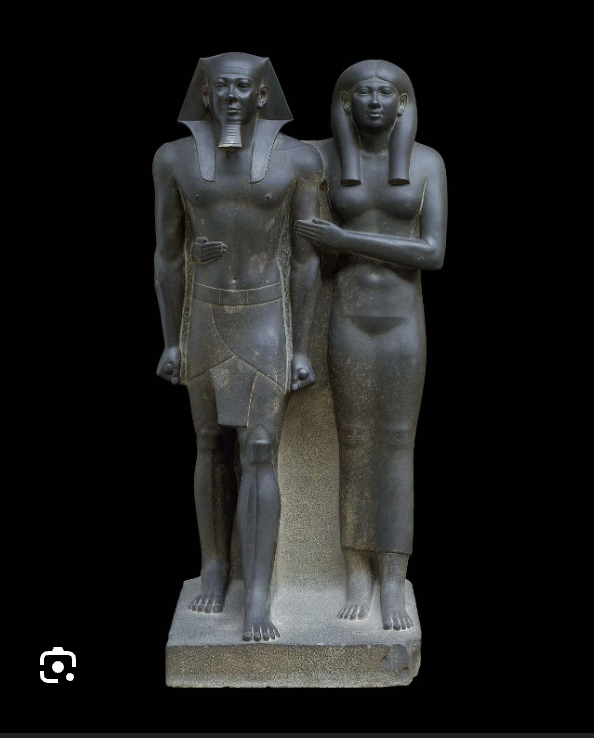
King Menkaure (Mycerinus) and queen
Location: Old Kingdom, Dynasty 4
Dates: c. 2490 BCE
Form: grey sandstone
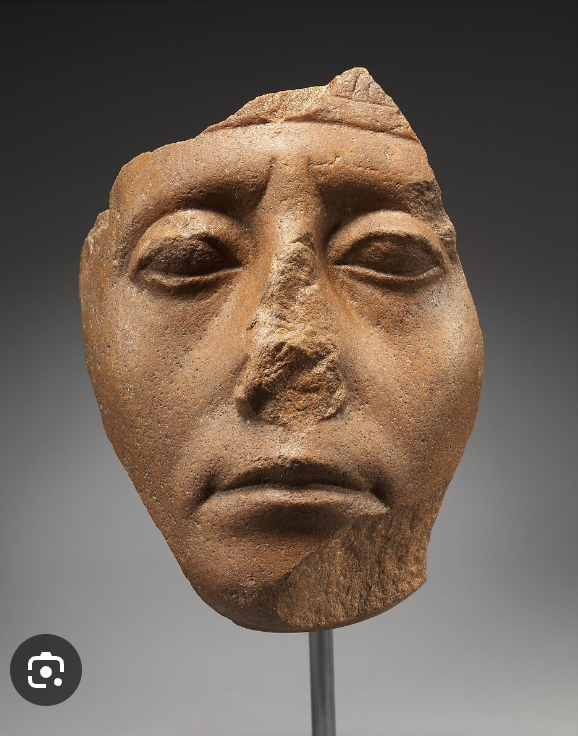
Statue fragments of Senwosret III
Location: 12th Dynasty, Middle Kingdom (Ancient Egypt)
Dates: c. 1850 BCE
Form: granite, red quartzite, quartzite, obsidian
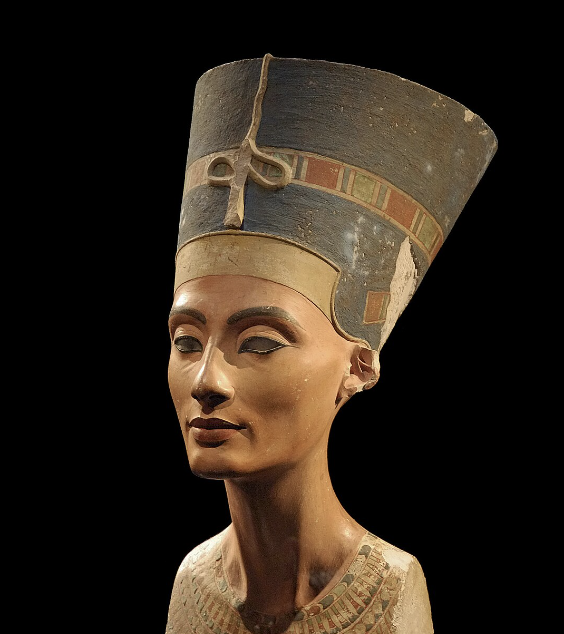
Bust of Queen Nefertiti (artist)
Location: Dynasty 18
Dates: c. 1350 BCE
Form: polychromed limestone
Artist: Thutmose
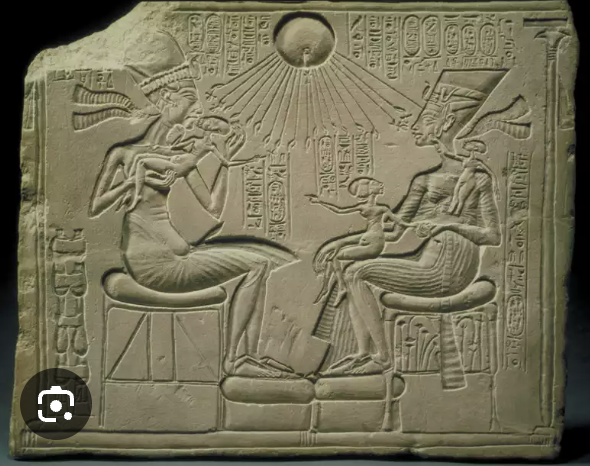
Akhenaten, Nerfititi, and the Royal Princesses
Location: Tell el-Amarna
Dates: c. 1350 BCE
Form: sunk-relief fragment in limestone
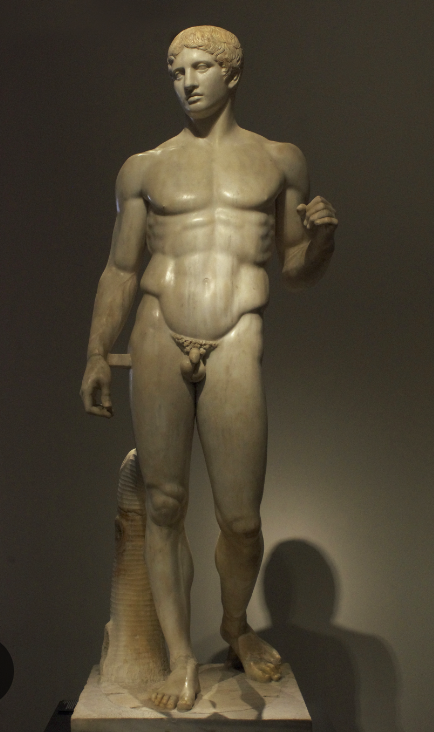
Doryphoros (Spear-Bearer) - (artist)
Location: Classical Period, Rome
Dates: c. 450 BCE
Form: roman marble copy after a Greek bronze original form
Artist: Polykleitos
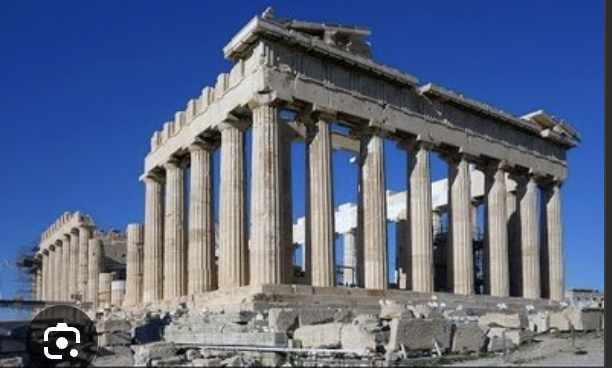
Parthenon (artist)
Location: Athens, Greece
Dates: c. 440 BCE
Form: marble and limestone
Artist: Iktinos and Kallikrates, Phidias directed the sculptural program
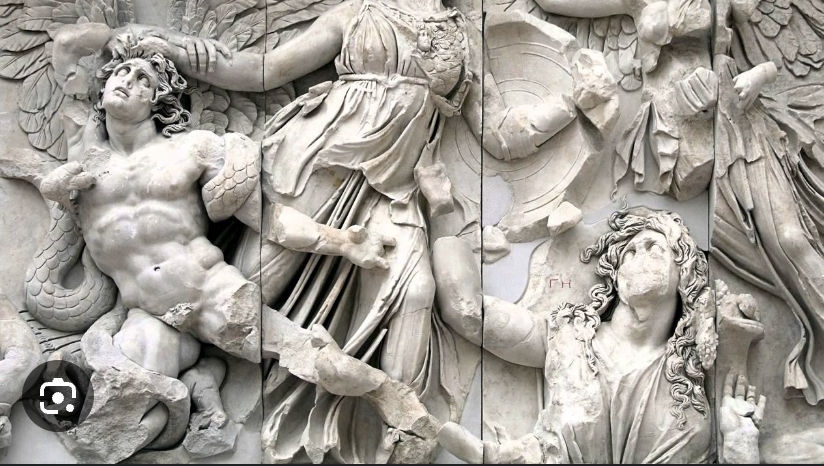
The Great Altar of Zeus at Pergamon (works)
Location: Hellenistic Greek
Dates: c. 200 BCE
Form: marble
Works: Gigantomachy, Athena fighting Gaia’s sons while Gaia emerges from below, Zeus in battle with Giants
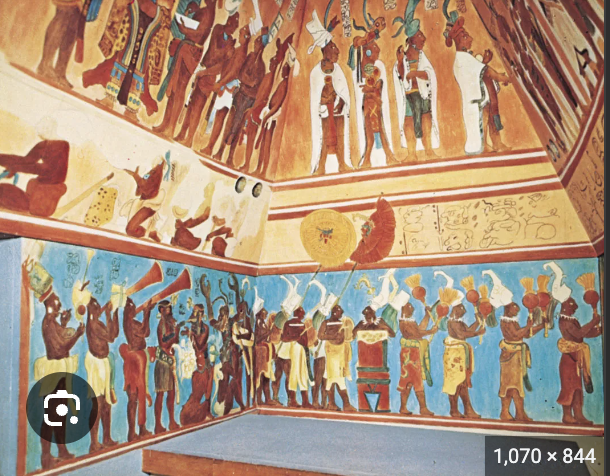
Bonampak Temple of the Murals (Works)
Location: modern-day Mexico
Dates: dedicated November 11, c. 791 AD (likely at behest of Chan Muwan, ruler of Bonampak)
Form: limestone plaster and fresco technique
Works: rooms 1 + 2, wall painting
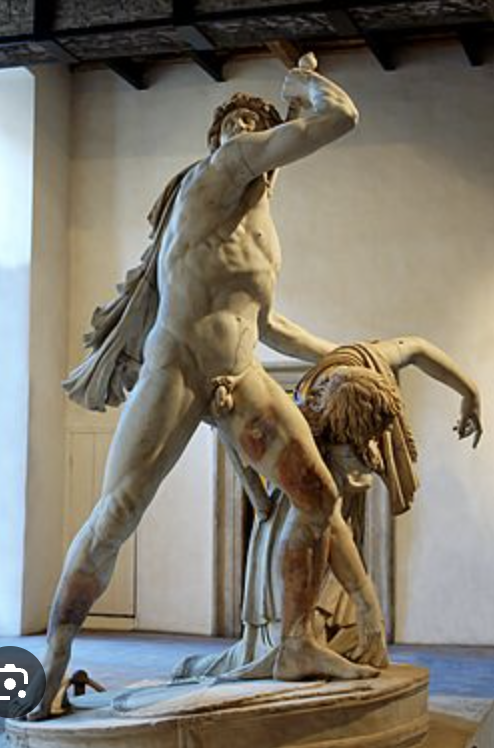
Dying Gaul and Gaul killing himself and his wife (Ludovisi Gaul)
Location: Roman
Dates: c. 3rd Century BCE
Form: marble, Roman copies of the Hellenistic bronzes commemorating Pergamon’s victory over the Gauls, likely from the acropolis of Pergamon
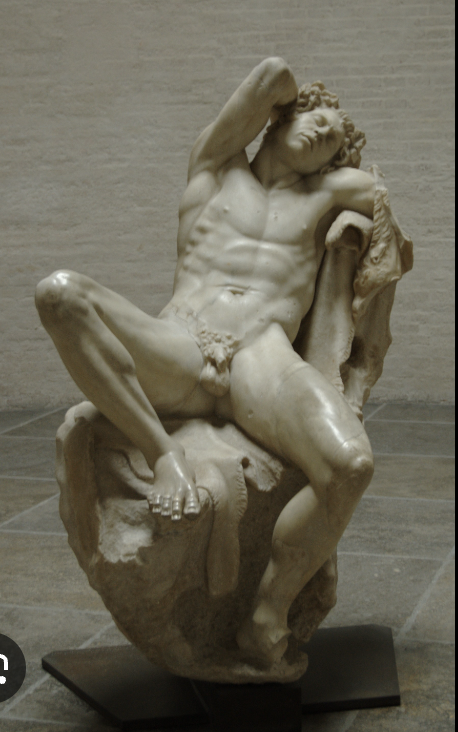
Barberini Faun
Location: Hellenistic Greece
Dates: c. 220 BCE
Form: marble
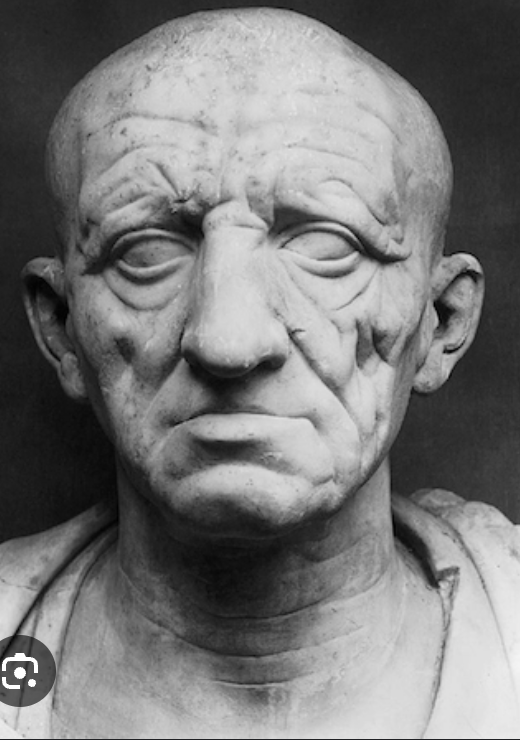
Head of a Roman Patrician from Otricoli
Location: Republican Rome
Dates: c. 75 - 70 BCE
Form: marble, life-size
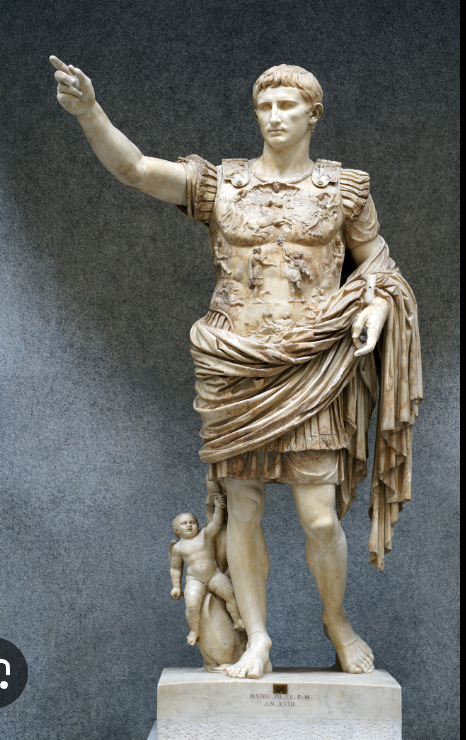
Augustus of Primaporta
Location: Early Imperial Roman
Dates: 1st century CE
Form: marble
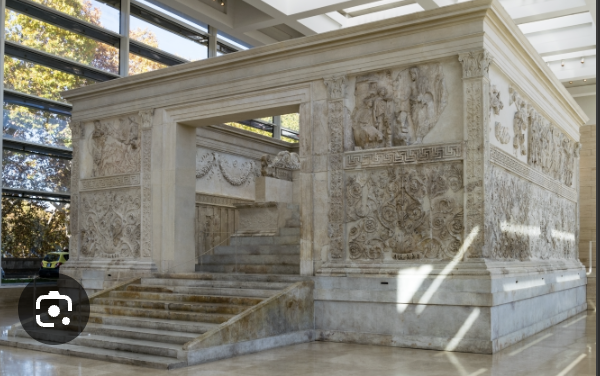
Ara Pacis Augustae (Altar of Augustan Peace)
Location: Early Imperial Roman
Dates: c. 9 BCE
Form: lunar marble
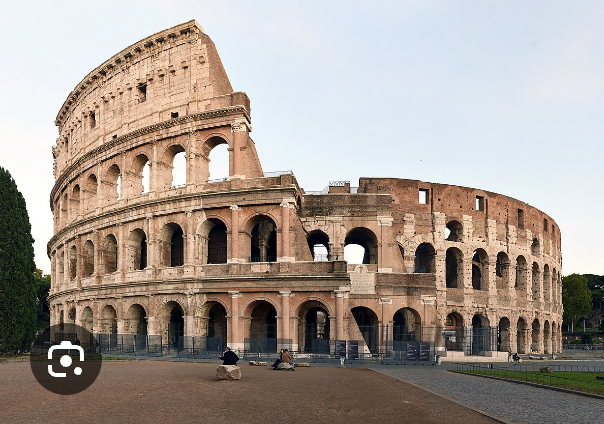
Colosseum (Flavian Amphitheater)
Location: Early Imperial Roman
Dates: c. 75 CE
Form: limestone, volcanic rock, brick faced concrete
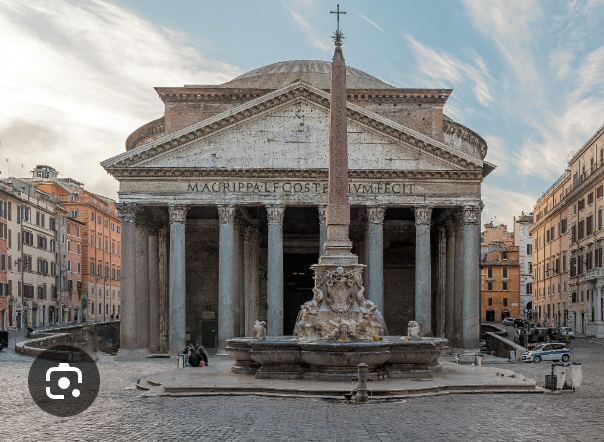
The Pantheon
Location: Middle Imperial Rome
Dates: c. 125 CE
Form: Roman Concrete and volcanic ash
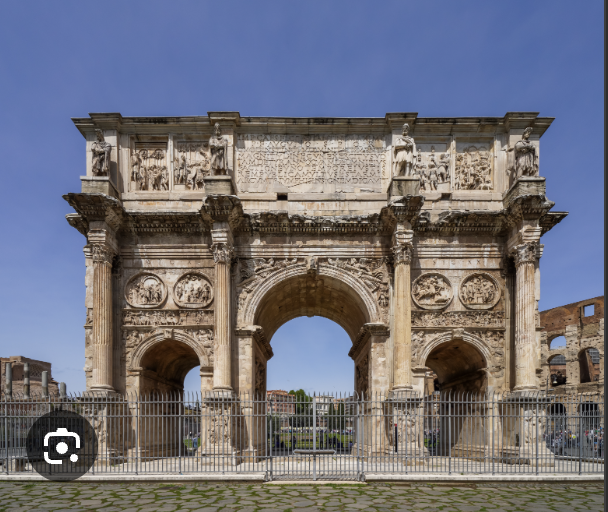
Arch of constantine
Location: Rome
Dates: c. 312CE
Form: older spolia, marble and porphyry
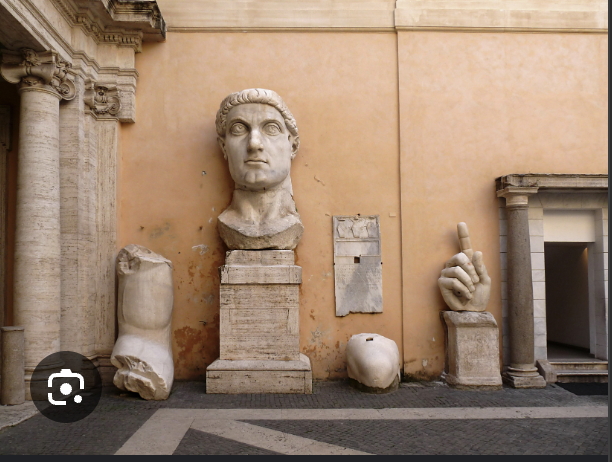
Basilica of Maxentius and Constantine (Basilica Nova). - Constantine, head and fragments from a colossal statue
Location: Roman Forum
Dates: c. 313 CE
Form: marble
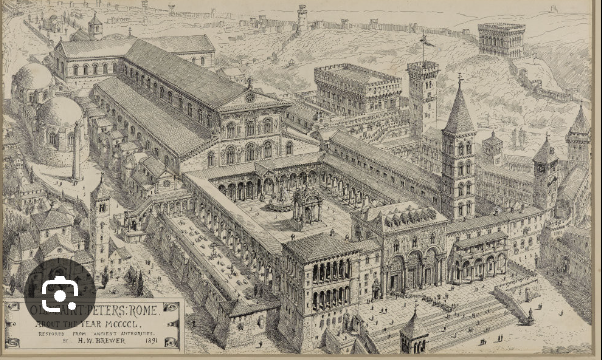
Old Saint Peters Church (commisioned, keywords)
Location: Vatican City
Dates: c. 320 CE
Form: brick and timber
Commissioned: Under Constantine
keywords: nave, narthex, side aisles, clerestory, apse, colonnade
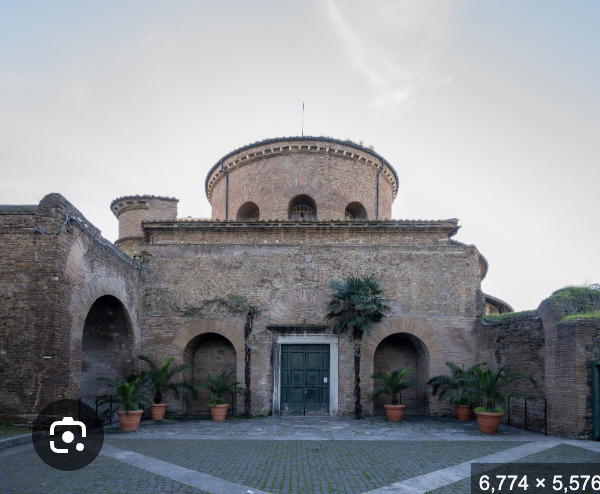
Santa Costanza
Location: Rome
Dates: c. 354 CE
Form: brick and concrete
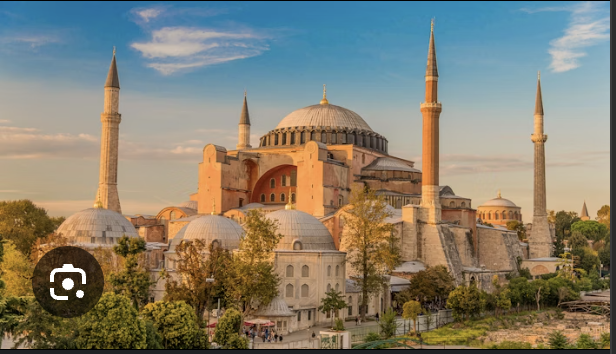
Hagia Sophia - Isidore of Miletus & Anthemius of Tralles (commisioned)
Location: Istanbul
Dates: c. 535 CE
Form: stone, brick, mortar, marble
Commissioned: Emperor Justinian
Palaeolithic and Neolithic Main Ideas (Meeting 1 - 3)
Playing with the human form (anthropomorphic figures, the view of oneself —> accomplishing self-recognition and shared imagery
2. shows us that an otherworldly belief was necessary for social cohesion, belief and belonging
More utilitarian art, rather than art intended to be so
Cave Paintings: unmediated contact between surfaces, within a cave would allow the preservation of paintings, helping people meet with supernatural forces, literally having to see what is beneath the surface
Writing and Rulership (Meeting 4)
New inventions (we are out of prehistory) and people no longer have to move with nature, entanglement one can survive without things but you may not be able to survive in society without them (we have to keep up with the objects we create, objects have power)
Conferral of order to govern through writing, art featuring text, words, and messages (law codes, oracle bones containing questions for the Gods)
Art being used as a political tool under a religious pretense, showing military might, victory, or the divinity and strength of a ruler or another office
Death, Mortuary Temples, and Sarcophagi (Meeting 5)
Death is: something that cannot be conceptualised, the impossibility of relation to nothing, the absence of absence (formal excess), the biggest unknown
Ritual artifacts and temples used to show hoe someone still dwells on earth even after reaching the heavens (fully deified) remaining eternal in the hereafter
Votive Figures, Images of Proxies (Meeting 6)
dedicated statues to give thanks, details denoting the office of the person in question
viewed as an offering for the person or who the figure will be buried with, within a monotheistic landscape
typically not meant to be the recipient of worship, instead an image of the figure having a visionary and enlightened experience themselves
conceptions of how somebody wanted to be viewed or protected in the afterlife
Beauty (Meeting 7)
one foot forward to represent a funerary artifact, these beauty statues were used to lure gods back into their sculptures through highly controlled processes
this slight kinetic potential is also seen in contrapposto, uneven distribution of weight (movement towards naturalism)
not an intense focus on naturalism (unless to emphasise the lifelike nature of one’s beauty) in order to distinguish between the material and spiritual world —> acknowledging imperfections and humanity as a way to convey beauty, riff on aspiration of beauty
beauty to represent spirituality in sculpture
Expressionism: a deviation from how something actually looks but it’s still recognizable → transition to hellenistic
Beauty in Defeat (Meeting 8)
Idealization of the human form in subjects who have become helpless, restless —> figures in battle, striking the emotional tenor of pathos
The subjects of beauty in defeat have not consented to being depicted, indicating a fetishization that imbues a lot more of the intent and perspective of the artist rather than the original scene or subject
Even in tragedy, focuses on expressionism, with realistic and detailed faces that contain details of the idealization of the male body (dignifying even opponents to make their triumph seem greater)
is in tandem with the Hellenistic period, with increased emotion and body movement being shown in these sculptures connecting out own idealized human values and fears
Republican and Imperial Rome - Pagan Rome (Meeting 9)
Rome was being hellenized, filled with greek inspired art (how we have so many roman marble copies of originally greek marble statues) —> filled with recurring ideas and imagery
Use of sculpture to portray accuracy and to depict various political offices (not intertwined with religion) anything otherworldly was depicted with idealism, quoting greek sculpture
proving power, not divinity, through imagery, iconography, and skill + detail level of sculptures
Showing real events that took place, reiterating a material realm, but using architecture to reinforce the divinity of polytheism
Different parts of building blue print
plan (birds eye view), section (slicing though a building vertically in order to reveal interior structure and layout, elevation (doesn’t provide internal features just the exterior of whatever section you are examining)
Republican and Imperial Rome - Late Antiquity (Meeting 10)
Categorized by the tetrarchy (293-305 CE): revolving around christian congregations, such as the basilica and mausoleum (adopting secular architecture to differentiate from the pagans)
was the area of a lot of civil strife and a series of competing claims to power, splitting the empire into 4 quadrants, 2 augustus’ (would be denoted with facial hair as they are the higher office) and 2 caesars
lack of personality ad intense detail in sculptures in comparison to imperial period
Architecture: transitionary period, pagan and christian iconography (mimicking the civil strife in the region)
iconography for christianity and the roman catholic church starting to emerge (such as keys and papal hat)
commissioning of architecture, modeling the christian church after the roman basilica —> extreme architectural feats the support the legitimacy of christianity (a synthesis and unification of christian churches and roman architecture)
Christianity: every pope is just the next instantiation of st. peter, the center of christianity being Rome then moving to Constantinople
Components of a Roman Basilica
features a semi-circular apse, at the end of the nave (long, wide, central aisle) and the upper walls often contain a clerestory with windows for natural light. Many also include an entrance porch called a narthex and an open courtyard called an atrium, colonnade, a long, roofed-over arcade or walkway with a roof supported by columns
Comparison: King Menkaure and Queen vs. Akhenaten, Nefertiti, and the Royal Princesses
One is a statue, the other is carved in low relief
Menkaure and Queen aren’t looking at each other, and they aren’t represent a scene, are instead static in representation. For Akhenaten, Nefertiti, and Royal Princesses, we are seeing a glimpse into their lives.
Sense of touch between Menkaure and Queen, more masculine associations in statue with more androgynous depictions in in the fragment (curvilinear vs. hard) Limbs seem thinner on fragment vs. mnore naturalistic on statue
All about asserting a stylistic departure from the Egyptian period before this → asserts men as women, as the only conduits for Aten (completely changing rigidity seen earlier) —> We are seeing the man and woman in conversation
Comparison: Parthenon vs. Fascist Architecture
In Fascist architecture, the hard lines and rigidity come across as inhumane —> the Greeks are in turn breathing life and movement into their architecture
Comparison: Veristic Male Portrait vs. Senwosret
Indicates a difference in office (a member of a council of elders vs. King of Egypt in the 12th Dynasty)
difference in civil service, being a part of the office whereas senwosret was divinely appointed
Comparison: Colosseum vs. Delphi Amphitheater
Colosseum was able to seat closer to 50,000 (as opposed to 5,000) and was able to be constructed much faster with the use of concrete and mortar, rather than using stone and being carved into the hillside
Comparison: Portrait of the Four Tetrarchs vs. Augustus on the Ara Pacis
Ara Pacis Augustus was a very recognizable face, whereas the faces of the tetrarchs are a bit undistinguishable (all very similar type down to details and sculpting of jaw)
Four tetrarchs are not naturalistic, instead schematic: rendering objects and reducing them to barely recognizable forms —> provides a simplified symbolic depiction of their relationship, rather than realistic appearance
Comparison: Hagia Sophia vs. Pantheon
The dome of the Hagia Sophia is not a solid peace of masonry, rests on windows (looks like a gilded mosaic dome facing heaven, giving it a ‘floating’ effect
Hagia Sophia more efficiently channels downward pressure of ceiling onto solid stone piers, whereas the Pantheon had to gradually thin ou the dome as it rests on a circular drum vs. a square
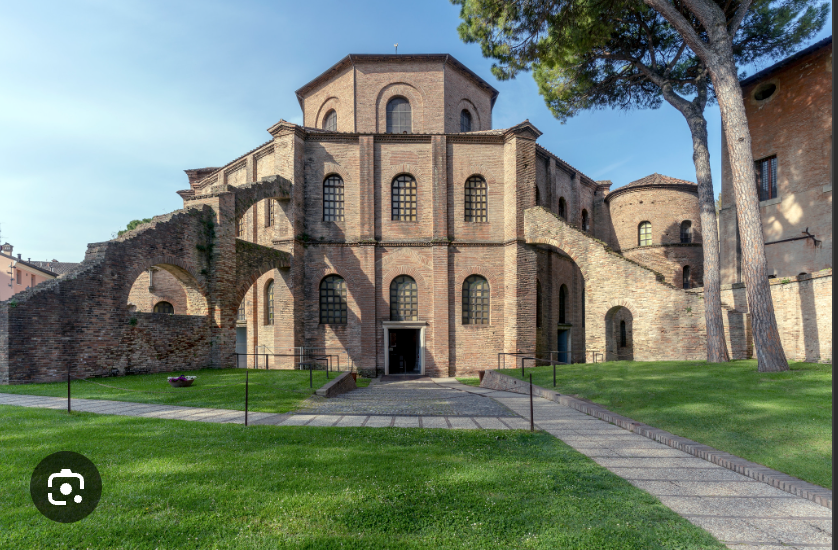
San Vitale (commissioned, consecrated)
Location: Ravenna, Italy
Date: consecrated 547 CE
Form: architecture and apse mosaics
Commissioned by: Emperor Justinian and wife Theodora
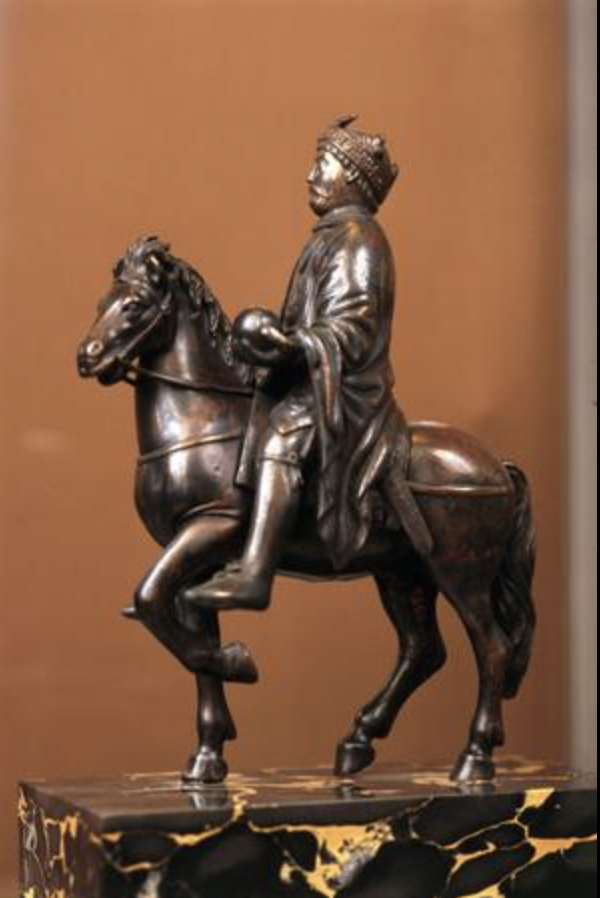
Equestrian Statuette of Charlemagne (Charles the Bald)
Location: Carolingian
Date: 9th century CE
Form: bronze
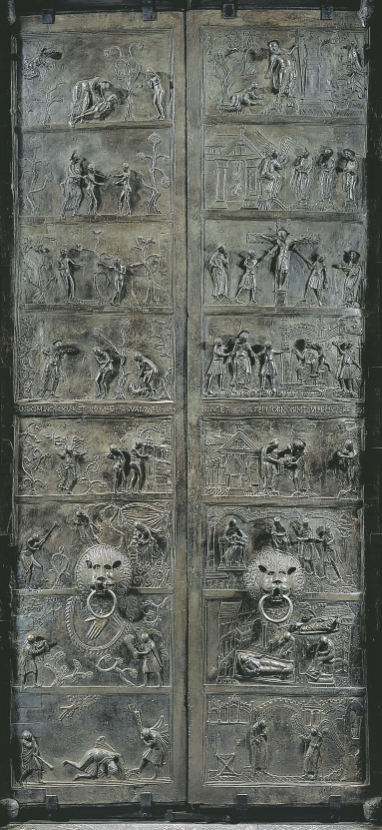
Bishop Bernward’s doors for Hildesheim Cathedral
Location: Ottonian (Hildesheim, Germany)
Date: c. 1015 CE
Form: bronze
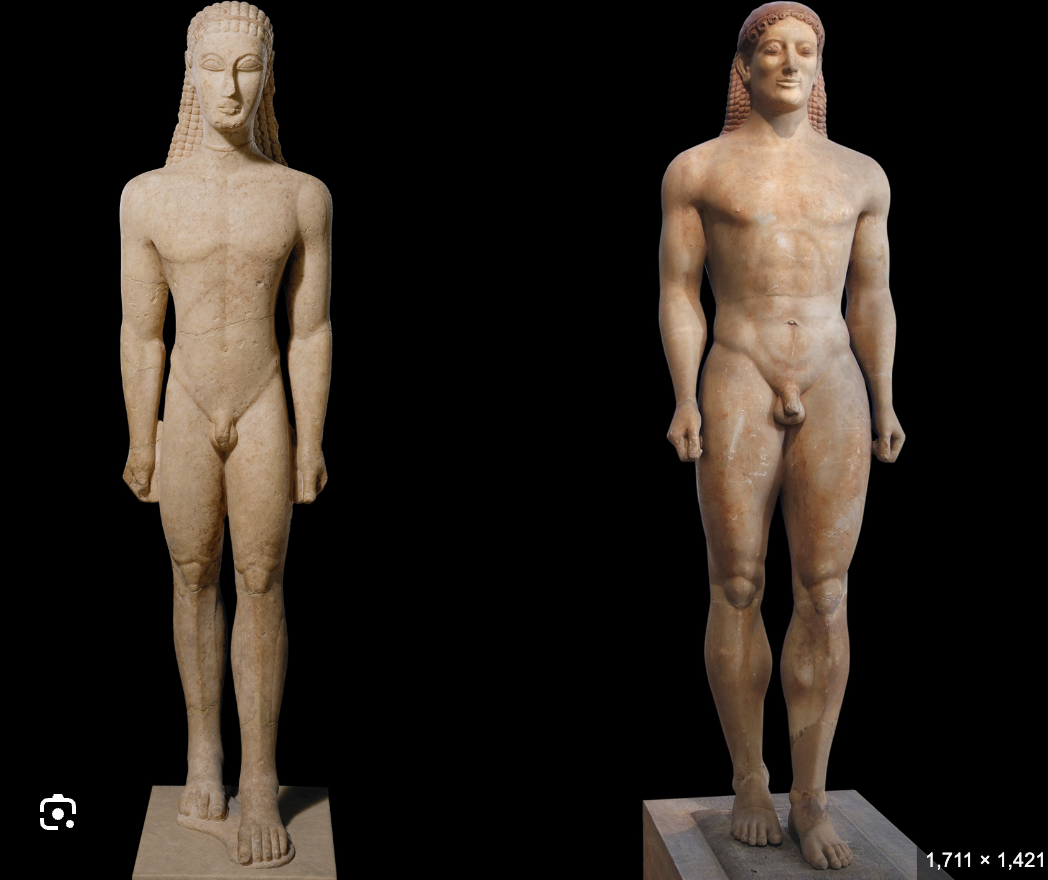
Marble Statue of Kouros (New York Kouros)
Location: Archaic Greek
Date: c. 590 BCE
Form: marble
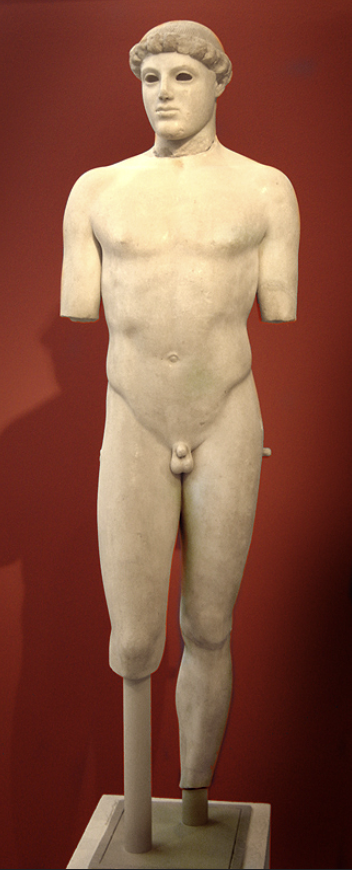
Kritios Boy
Location: Acropolis, Athens
Date: c. 480 BCE
Form: marble